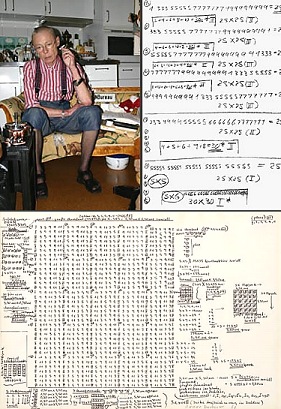(A little early this week, as I might be out on the weekend) …Our regular listen to and look at compositions and performances that you may not know yet, but I know you should… And can, right here and now, since folks are nice enough to offer so much good listening online. Time to sit in on a few “first moments” in musical history:
George Gershwin & Paul Whiteman : Rhapsody in Blue – Original 78rpm Acoustic Recording (1924)
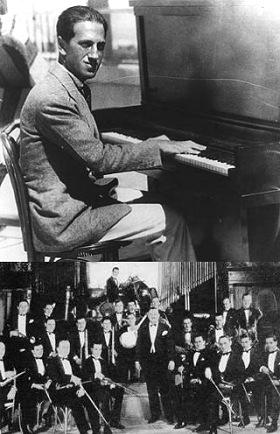 Made shortly after the premiere performance, and a year before the electric microphone came into use. The two records are on different pages: record one is here, and record two here. I can’t do any better than give B. Stockwell’s commentary from the Archive.org site:
Made shortly after the premiere performance, and a year before the electric microphone came into use. The two records are on different pages: record one is here, and record two here. I can’t do any better than give B. Stockwell’s commentary from the Archive.org site:
“This is an edited performance, with cuts made to fit the 15-minute work onto two 78-RPM discs. Total time is under 9 minutes, but the cuts are pretty smart ones. This work was originally written for a large dance band, the way you hear it here. This isn’t ‘Symphonic Jazz’. It’s authentic 1920’s style — completely different from the bloated ‘violins and cellos’ versions that we’re used to hearing. You can hear the banjos in this version. Gershwin plays the piano part and the performance is fast fast fast. The opening clarinet glissando wails and breaks off into reedy laughter. This is SO different from the the syrupy swooning you now hear. The sound isn’t spectacular — the microphone wasn’t invented until the next year, 1925 — but these 78s are still pretty well transfered. The recording of Rhapsody in Blue was a hit. In 1927 the same group — again with Gershwin but now with a microphone — made another recording. Paul Whiteman had a quarrel of some sort and walked out of the recording session. They recorded anyway, with another conductor — Nathaniel Shilkret, I think — taking over. Whiteman was happy to promote the recording as his own, nonetheless. The electric version is better recorded but it lacks, well, electricity. Everyone, including Gershwin, just punches it harder in 1924.”
———————–
Percussion Music from Lou Harrison’s Collection of 78rpm Acetate Records
 An absolutely fascinating audio document, this 1971 KPFA broadcast by Charles Amirkhanian presented extremely rare recordings of percussion music from the composer Lou Harrison’s (1917-2003) personal collection. Especially important are the acetate disks of a concert given by John Cage’s percussion ensemble at the Cornish School in Seattle on May 19th, 1939.
An absolutely fascinating audio document, this 1971 KPFA broadcast by Charles Amirkhanian presented extremely rare recordings of percussion music from the composer Lou Harrison’s (1917-2003) personal collection. Especially important are the acetate disks of a concert given by John Cage’s percussion ensemble at the Cornish School in Seattle on May 19th, 1939.
Cornish (still there and going strong; as a college student in 1978 I caught Cage himself at a tribute concert in the same hall, performing some of his Sonatas and Interludes) was where Cage found a job accompanying dancers, and it was there that he founded his first percussion ensemble and experimented with the prepared piano. (The stage in the Cornish performance hall was too small to accommodate all his percussion during a dance performance, so Cage came up with the idea of turning a single piano into its own percussion “ensemble”.) The performers heard include Cage, his then-wife Xenia, and the dancer Doris Dennison. (there has to be at least one more, quite possibly Lou Harrison himself. The photo here shows Lou, John, and Xenia behind, Doris and Margaret Jansen in front).
The pieces on these recordings represent the core of the West-Coast experimentalist group (I know, I know, Harry Partch; but he was off on his own very different journey): Lou Harrison’s Counterdance in Spring, Henry Cowell’s Pulse, two movements from Cage’s own Trio, Johanna M. Beyer’s Tactless and Endless, William Russell’s Three Cuban Studies, and again Harrison with his Fifth Simfony. You just can’t get much closer to sitting in on the roots of this exciting period.
The remainder of the broadcast features a 33rpm disk that captures a 1948 performance of Harrison’s Canticle #3, introduced and conducted by Leopold Stokowski during a concert at the Museum of Modern Art in New York City.
———————-
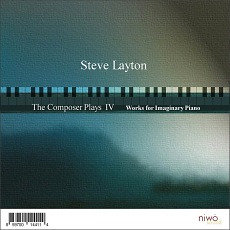 On a personal note, I’ll mention the release of my own new CD, The Composer Plays IV: Works for Imaginary Piano, on the NiwoSound label. Along with my performance of Stravinsky’s Piano-Rag Music, the CD collects a number of my works that feature piano: either solo, doubled, or with recorded sound.
On a personal note, I’ll mention the release of my own new CD, The Composer Plays IV: Works for Imaginary Piano, on the NiwoSound label. Along with my performance of Stravinsky’s Piano-Rag Music, the CD collects a number of my works that feature piano: either solo, doubled, or with recorded sound.
Jumping into the first wave of what I’m sure is to become common practice, no physical copy of the CD will be offered for sale in stores; it will only be available to subscribers at both eMusic and iTunes (the link is to eMusic; the CD is not “live” on iTunes yet, but will be soon — not only in the US, but iTunes Europe, Canada, Japan and Australia as well. iTunes folks can simply search “Steve Layton” to find the complete list of my available CDs in their country). For those who want something in their hand to read, complete liner notes for the CD can be had as a free downloadable PDF file (300 kb) from my own website. Enjoy!

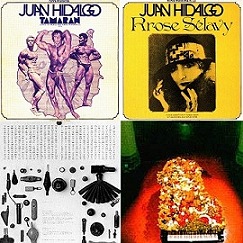 Juan Hidalgo’s
Juan Hidalgo’s  Who is
Who is 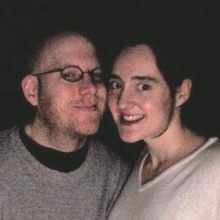 Mike over at
Mike over at 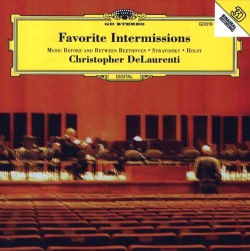 My pal
My pal 